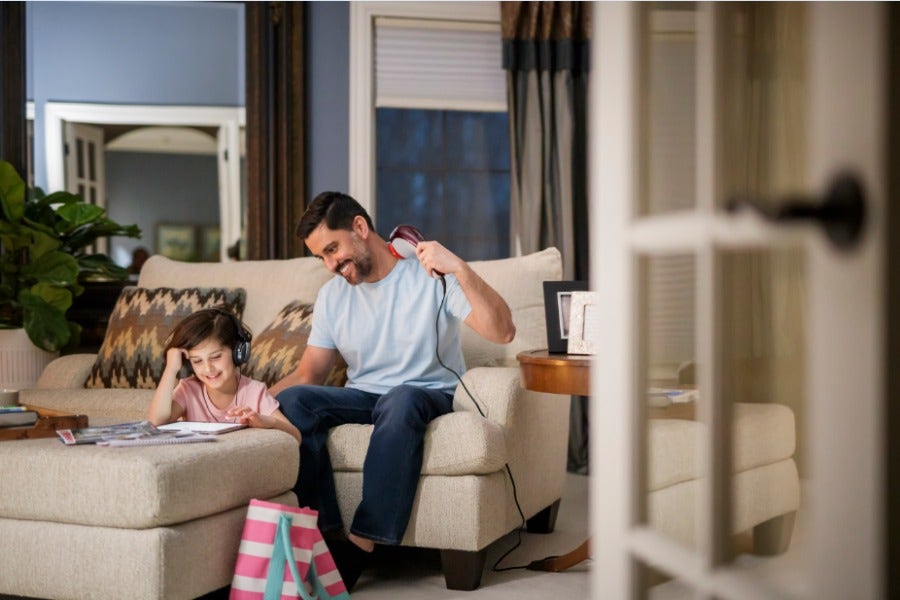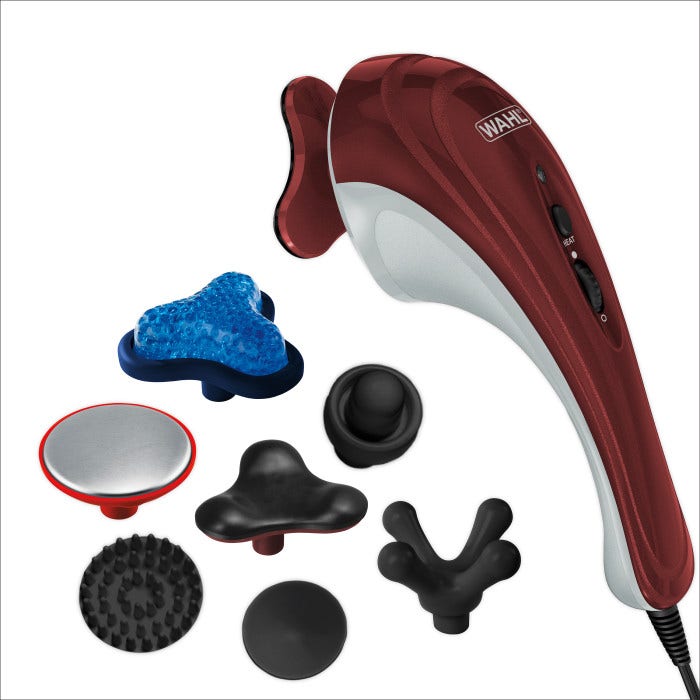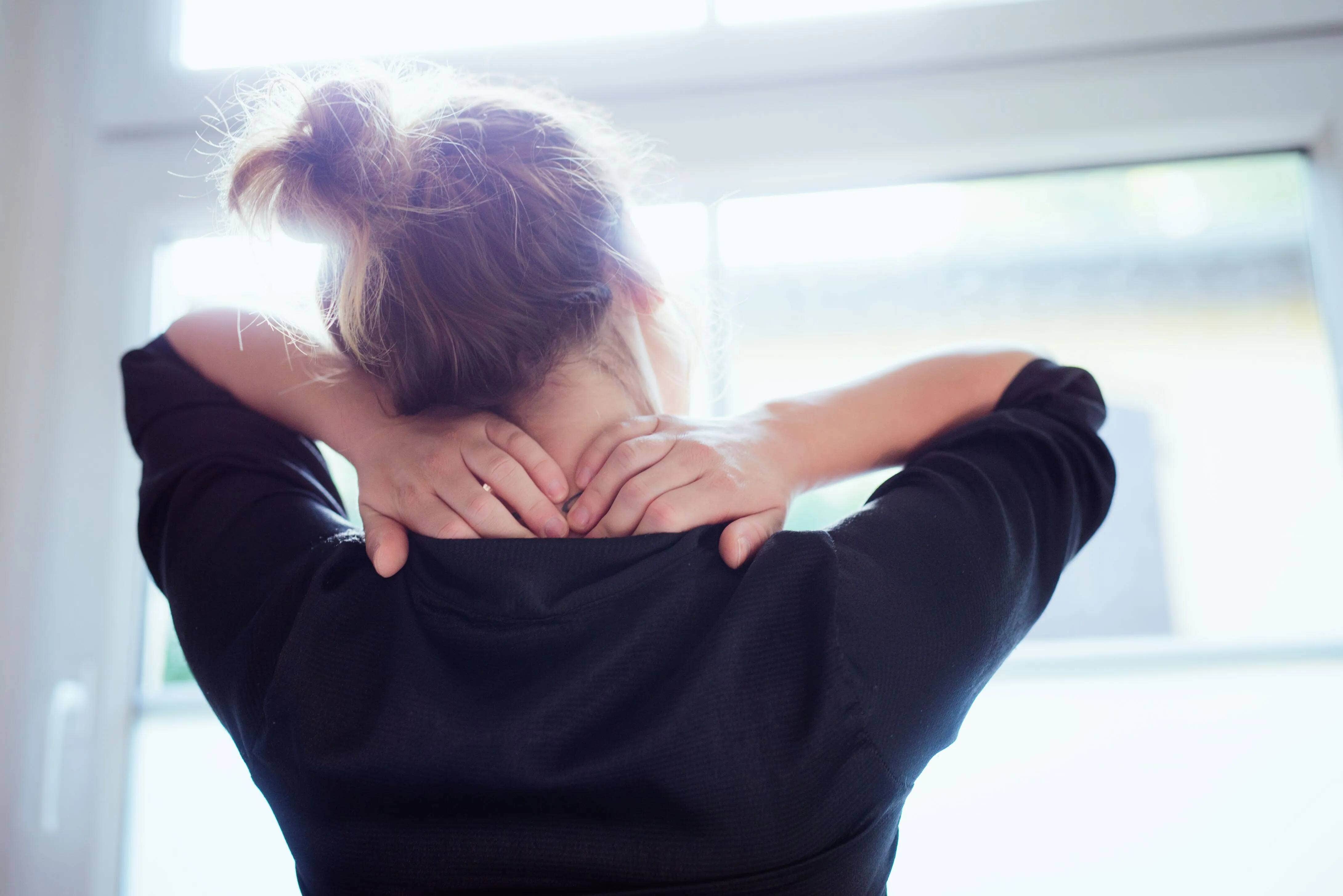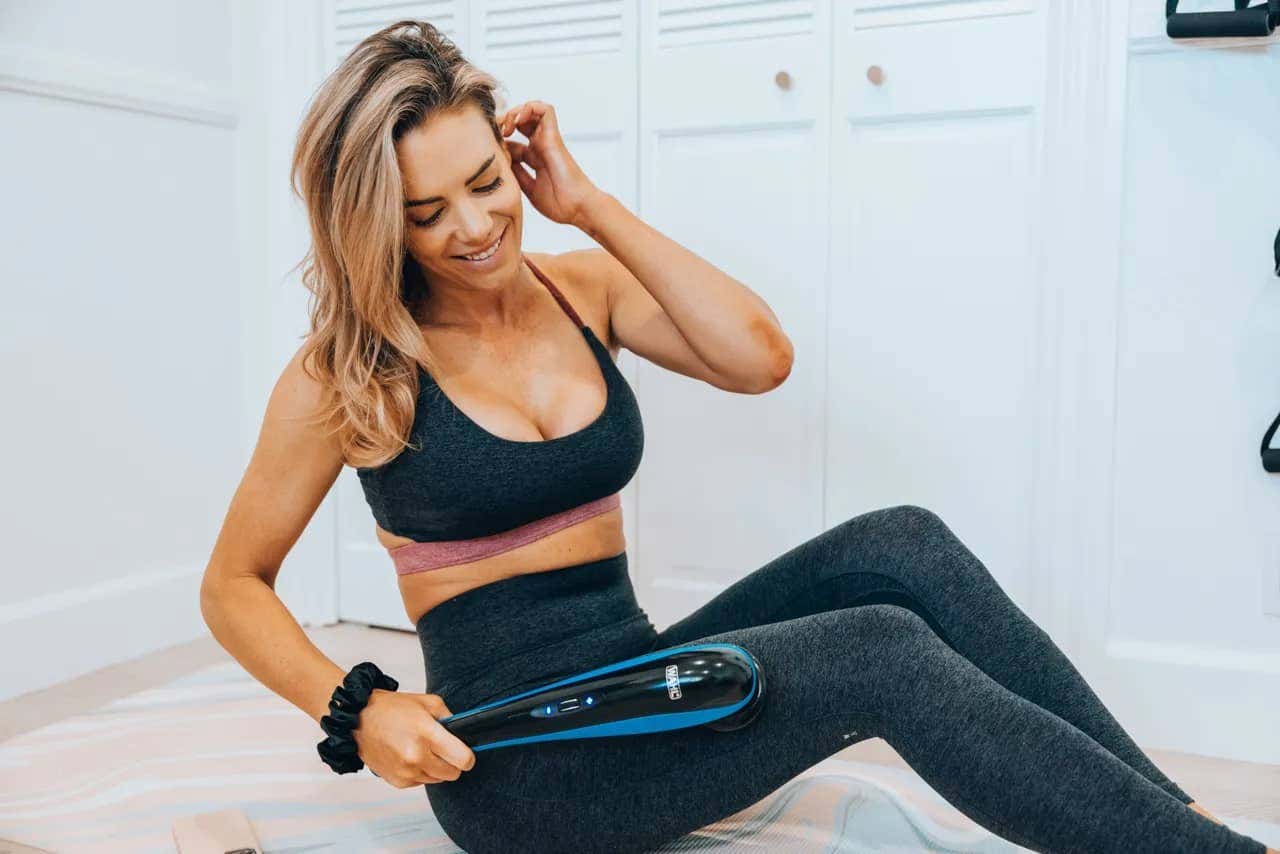Whether you wake up before the sun to exercise, sneak in a quick sweat session during lunch, or race to the gym still in your work clothes, we applaud you. Working out adds years to your life and life to your years! But, now that you’ve got this awesome gym groove going, don’t let your dedication get detoured by human error. As a fitness trainer, I see it all time: little workout mistakes that leave you in big pain. You think you’re doing something correctly, but in reality, you could be causing unnecessary injuries and soreness. And believe me, some of these things I’ve learned by doing. Lend your health a hand by reading this quick refresher on seven common workout mistakes to avoid. And if you’ve already experienced a few of your own “Ouch” moments, I have the best pain solutions covered, too!
1. Breezing Past The Warm-Up
With so many of us squeezing exercise into our busy day, we often go straight to the workout and overlook the warm-up. Big mistake. Your body needs a warm-up to prepare both physically and mentally, and reduce the chance of injuries. You should warm-up for at least 5-10 minutes, but if your upcoming workout is a real doozy, the warm-up should be longer. Start with exercises of low-intensity and then progress to match the intensity of the main exercises of the workout. Try walking before jogging or jogging before running. Before strength training , warm up your joints and do some exercises to activate your muscles. Your aim is to increase your heart rate, breathing, and range of motion before the super sweaty stuff starts.
2. Skipping Cooling Down And Stretching
We’re all guilty of it. A group fitness class is nearing its end, you are in a hurry so you leave during the cool down. Who’s got time for the cool down? You do, or at least you should start making the time! Cooling down and stretching is essential to return your heart rate and breathing back to normal, and it reduces the chance of post-exercise muscle spasms or cramping. A cool down and stretch session also helps decrease muscle soreness and stiffness and keeps your flexibility and range of motion intact. Trust me, as we age, flexibility and range are more important than ever to keep our bodies running smoothly and not just at the gym, but for everyday activities as well.
3. Going Hard Too Often
Floating around in the fitness world right now is this belief that we should work out until we can barely move . Don’t get me wrong. I love to sweat. (Don’t most fitness instructors?) I love high-intensity workouts and challenging my body in new ways. So when I tell you that you don’t have to wage war on your body to get fit, I am not saying to skip intense workouts. I like the intensity of CrossFit, HIIT workouts, boot camps, and mud runs. I like seeing sweat drip, heart rates elevated, and heavy breathing. What I don’t like is the trend that suggests beating down our bodies till they hurt is a badge of honor.
It’s time to give your body a well-deserved break! Take a recovery day and rest or take an active recovery day where you do a less intense form of exercise like walking or light swimming. Recovery is necessary to let your muscle tissue heal after exercise breaks them down and lessen the risks of injury, pain, and exhaustion.
4. Working Outside Your Fitness Ability
In the same vein as the previous point, I’m not telling you not to challenge yourself. I love a good challenge! I’m telling you to be smart and listen to your body when it comes to working out, especially if you’re newer to fitness. If you’ve never run 10 miles before, you don’t run 10 miles the first day. If you’ve never deadlifted before, you don’t throw 45-pound weights on the bar. These are almost guaranteed to lead to post-workout pain. I know that gym culture can sometimes be intimidating, and you can get tempted to try something that your body isn’t ready for yet. Just stay in your lane and stay dedicated. You’ll see improvements and that 10-mile run will soon be on your horizon.
5. Using Poor Form
Poor form is usually the result of lack of proper instruction. Lack of proper instruction is usually the result of not asking for help. If you’re not sure how to do an exercise or use a machine, get a gym employee or trainer to show you the rounds of the gym. If you’re completely new to exercise, a group fitness class will provide better guidance than winging it on your own in the gym. And that one fitness-obsessed friend you have—you know the one—take her up on her offer to work out with you. She can help correct your form and introduce you to new exercises you didn’t even know existed. Bad form puts stress on your body. Asking for help now is much easier than nursing an injury later. PS: Check out Get Healthy U’s Exercise Library . We have over 250 exercises with pictures and descriptions that will help you nail your form!
6. Avoiding Strength Training
If you’re a cardio queen who shies away from dumbbells because you don’t want to “bulk up,” you’re setting yourself up for aches and pains now and in the future. After the age of approximately 35, you start to lose about a half-pound of muscle a year if you are not actively replacing it. Without muscle, your daily activities like carrying groceries or picking up a grandchild become much more difficult and can even lead to injury or pain. When you are strong, you are less likely to pull a muscle doing something silly, and your joints will stay better protected. Strength training comes in many different forms: bodyweight exercises, lifting, machines, resistance bands, TRX, and the list goes on. Find one that is right for you and strength train two to three days a week.
7. Wearing Bad Shoes
If you’re suffering from leg pain, shin pain, or sore hips post-workout, one question you might ask is what shoes are you wearing? Have you had the same running shoes for the last 10 years? Do you get a new pair of shoes based on color and not fit? Feet may be at the bottom of your body (and this list!), but they definitely shouldn’t be taken lightly. Treat your feet right and your whole body will follow suit. Pick your next pair of workout shoes with the help of a professional at an athletic store or specialty running shop. I personally wear the Nike LunarGlide 6 for their comfort and functionality, but every foot is different. Ask questions and make sure you are getting the right fit and the right shoe for your activity of choice.
Ouch! I'm in pain. What should I do?
Rice Method
Pain and soreness happen in the quest to get fit (especially if you tend to do any of the above). Being hurt stinks, but it’s not the end of your workout career. The tried and true RICE method is a great first step to get back on the road to the gym.
Rest: Take a load off and give your body a break. Rest is important to protect the injured or painful error from getting any worst. Also, avoid putting weight on the area in question. Hello, couch and Netflix!
Ice: Grab a bag of frozen peas, or a Wahl Ceramic & Gel Therapeutic Cold Pack. Cold reduces blood-flow and thus limits swelling. An ice pack will also provide a dose of much needed pain-relief. I personally include ibuprofen under the “I” category as well because it helps with pain, swelling, and inflammation!
Compression: While compression helps with swelling and pain relief, it can be tricky since not every body part is easy to wrap an ACE bandage around. If you are able to wrap an area tight like your ankle or knee, it can be beneficial!
Elevation: Control swelling by getting the injured or painful area above heart-level. Stacked pillows will be your best friend!
Self-Massage
In addition to the RICE method, I am a firm believer in massage when it comes to post-workout issues. Massage relieves muscle tension, decreases inflammation, reduces pain intensity, and improves recovery. I think everyone would agree that a 60-minute massage a few times a week would be absolutely wonderful. Back to reality, that lifestyle isn’t affordable for most. Instead, I use a self-massager when I’m watching TV on the couch at the end of a long day, or if I tweaked a muscle teaching a fitness class. I have the Wahl Hot/Cold Therapy Massager at home and really love it! This massager is unique because the different attachments mean you can switch the heat from hot to cold. I also love the strong but relaxing pressure it provides! Honestly, not massaging daily (I’m talking just for 10 minutes a day!) should be on this list of workout mistakes. I’m definitely noticing an improvement in my range of motion and pain level since I’ve made massage part of normal health routine.
This post is sponsored by Wahl Home Products, but opinions are 100% my own.
Chris Freytag is a nationally recognized health and wellness expert with more than 20 years of experience. She is also the author of seven books, dozens of fitness DVD, the founder of GetHealthyU.com, and a regular contributor to Prevention magazine as well as the HuffingtonPost and Self magazine.

 India (English)
India (English)
 Middle East and Africa (English)
Middle East and Africa (English)
 South Africa (English)
South Africa (English)
 Australia (English)
Australia (English)
 Japan (日本語)
Japan (日本語)
 South East Asia (English)
South East Asia (English)
 Singapore (English)
Singapore (English)
 Europe (English)
Europe (English)
 France (French)
France (French)
 Germany (German)
Germany (German)
 Hungary (Hungarian)
Hungary (Hungarian)
 Italy (Italian)
Italy (Italian)
 Poland (Polish)
Poland (Polish)
 Portugal (Portuguese)
Portugal (Portuguese)
 Russia (Russian)
Russia (Russian)
 Spain (Español)
Spain (Español)
 The Netherlands (Dutch)
The Netherlands (Dutch)
 Turkey (Turkish)
Turkey (Turkish)
 United Kingdom (English)
United Kingdom (English)
 Argentina (Español)
Argentina (Español)
 Brazil (Portuguese)
Brazil (Portuguese)
 Colombia (Español)
Colombia (Español)
 Latin America (Español)
Latin America (Español)
 México (Español)
México (Español)
 Chile (Español)
Chile (Español)
 Peru (Español)
Peru (Español)
 Canada (English)
Canada (English)







_0_0.jpg)
